Book adaptations, whether movies, limited series, or serialized series, have become one of the most popular genres.
As an avid reader and TV fan, I love them.
Almost every internet or streaming service has some kind of feature.
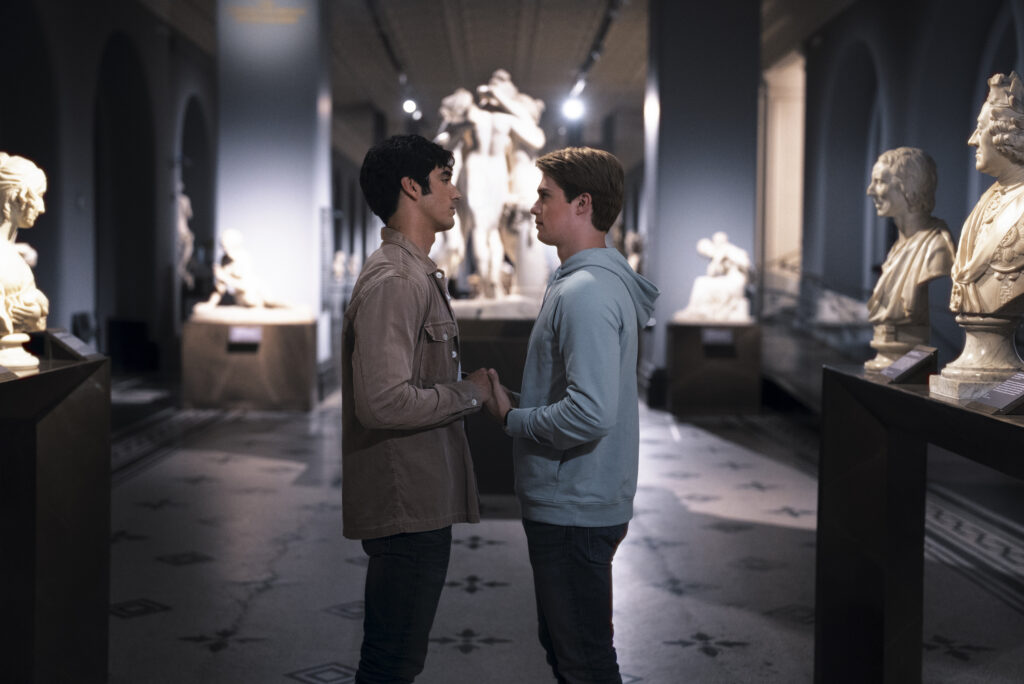
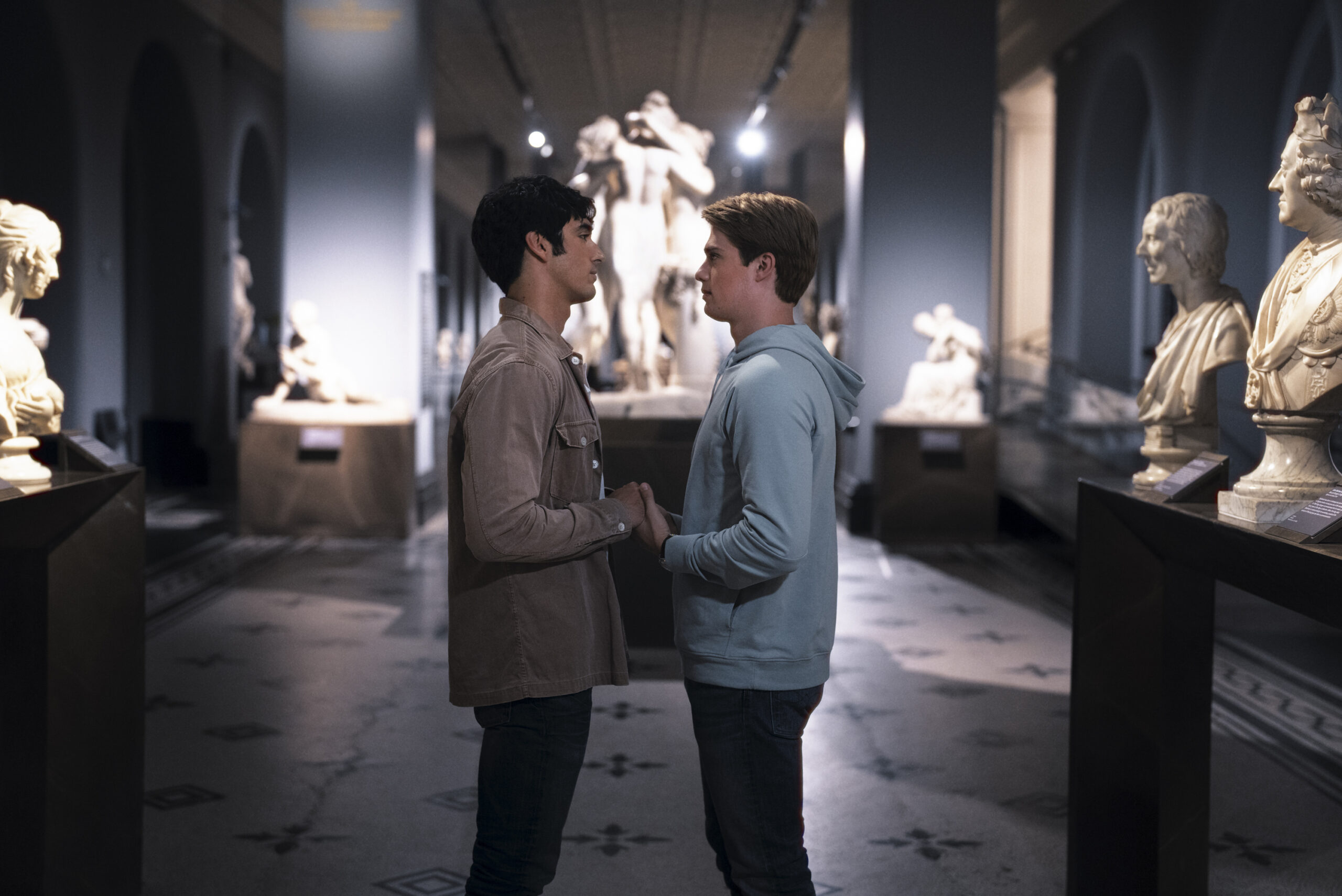
Netflix even airs a companion series, Netflix Book Club, in which some of the authors discuss how their novels have been adapted for the screen.
There’s a fine line between staying true to the source material and pleasing fans, and developing the characters and stories into their own.
Decide which format is most effective
A network or studio will decide which format works best based on whether it’s adapting a book or series of books.
A two-hour movie works best if the book has a clear plot with a beginning, middle, and end, such as Red, White, and Royal Blue.
While the film had to cut away certain aspects of Henry and Alex’s relationship for the sake of time, key aspects of their relationship and problems are shown on screen.
If they tried to expand it into an eight-episode limited series, it might seem a bit bloated.
Many limited series often feel like an eight-hour movie that needs to stand on its own.
Some limited series, like “The Apple Never Falls on the Peacock,” succeed because they introduce storylines in the series premiere and dedicate each character’s perspective before wrapping up in seven episodes.
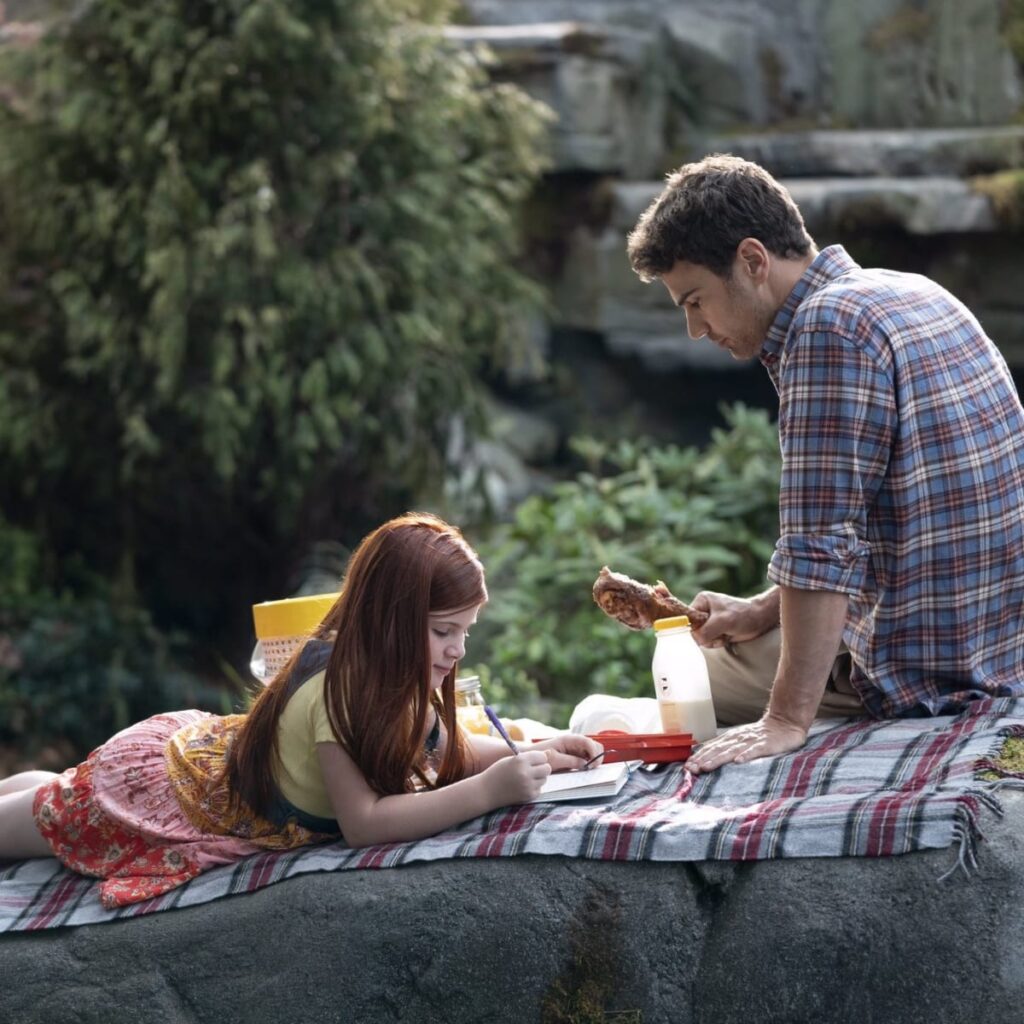
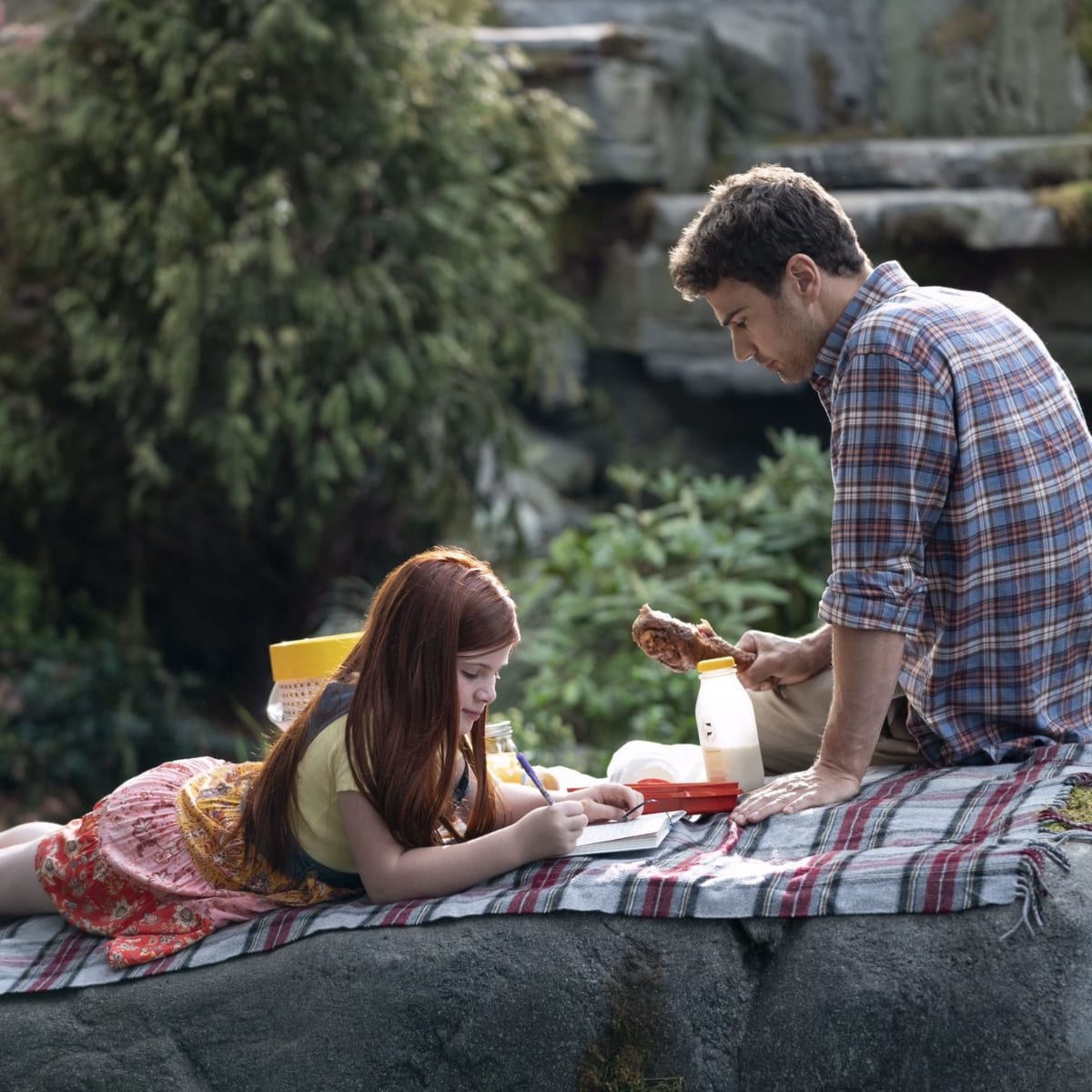
However, limited series also have their complications.
Sometimes the story should have been a limited series, but due to its success the show was renewed, as was the case with Nine Perfect Strangers or Big Little Lies.
There is no more source material. Showrunners have to wait for more content to be written, or create new storylines.
Another question is when a series should be a limited series as opposed to a series like The Time Traveler’s Wife.
EP Steven Moffat tried hard to make several seasons and continue Henry and Claire’s love story, but in doing so, they only covered less than half of the ground before the show was cancelled.
If they had chosen to keep the series tighter, they might have completed the source material in the six episodes allotted.
The simplest task is to adapt a popular book series (such as “Bridgerton,” “Sweet Magnolias” or “Will Trent”) into a long-running series.
Showrunners can’t include every plot point, but they can highlight the core of the show and keep key aspects the same.
Preserving key aspects is necessary
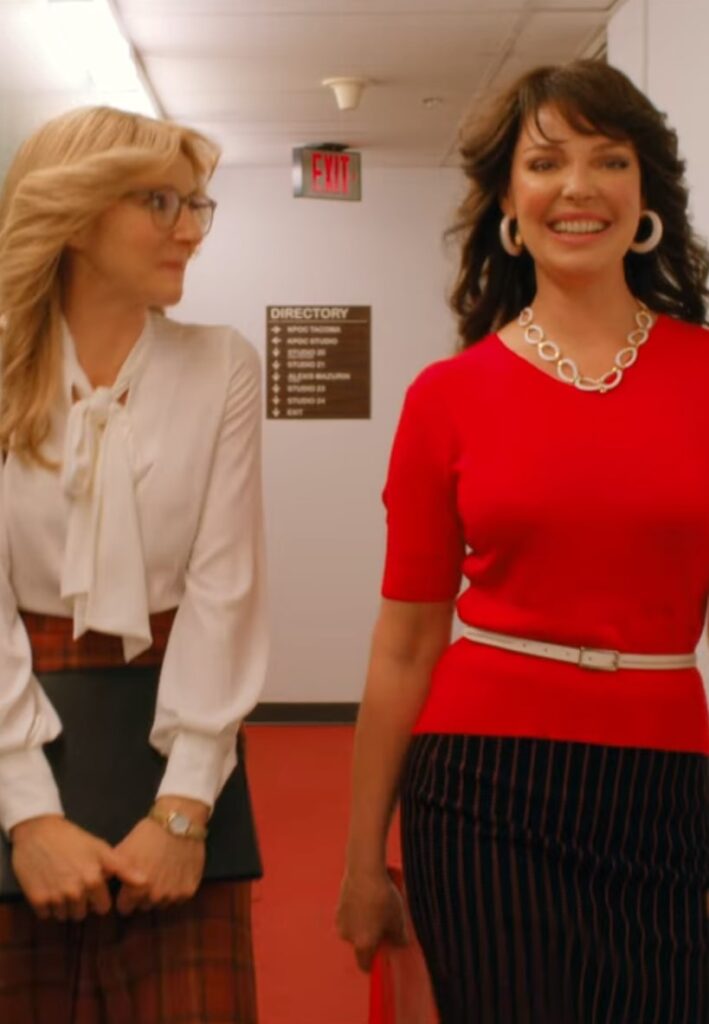
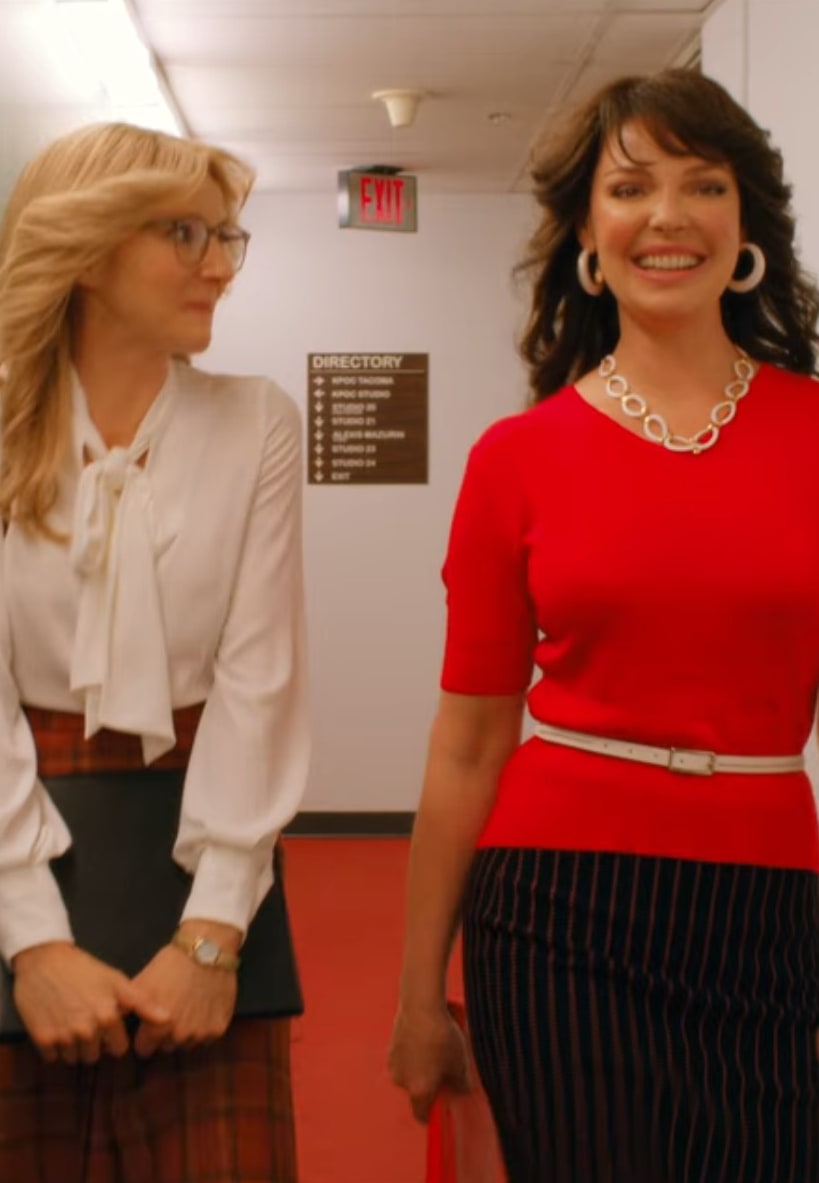
Netflix has adapted many novels. Some work, some don’t.
Many fans of Kristen Hannah’s Firefly Lane were disappointed with how different it was from the original, myself included.
This is one of my favorite beaches, a modern beach that celebrates 30 years of female friendship.
Firefly Lane follows the friendship of Kate (Sarah Chalke) and Tully Hart (Katherine Heigl) through non-linear storytelling.
While it was entertaining, much of the storyline from the 1980s and 2000s was inaccurate and only showcased Ari Scobie’s talent for portraying teenage Tully’s sexual assault plot in the first season.
While the ladies’ friendship is still emphasized, much of the series has changed, from the reasons for their bickering and estrangement to Kate and Johnny’s divorce.
Only Firefly Lane Season 2 Episode 2 remains unchanged as Kate battles cancer.
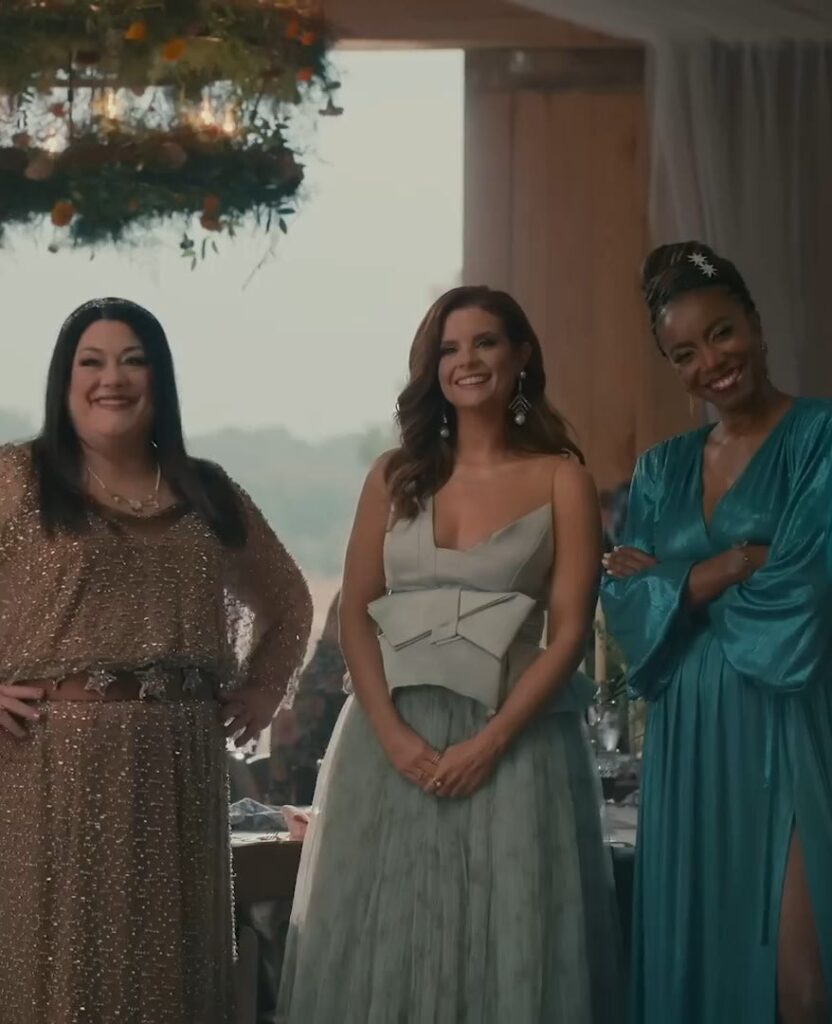
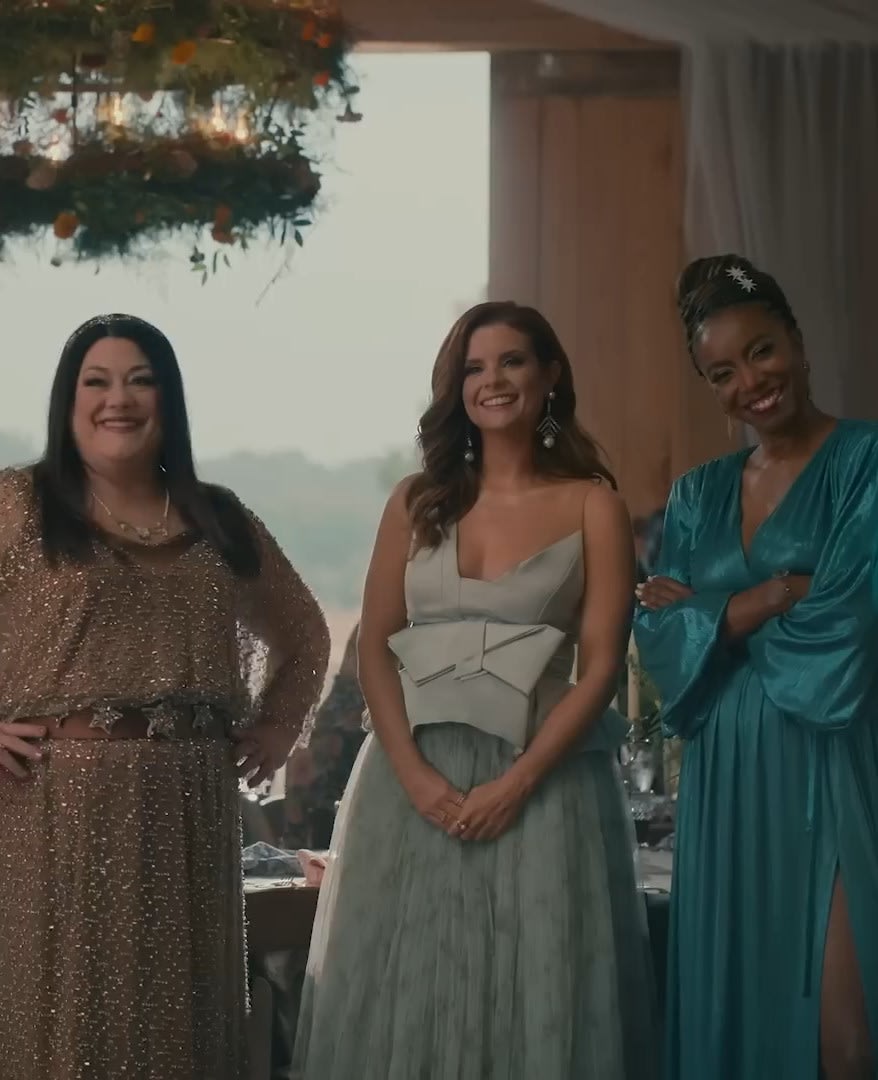
Netflix, on the other hand, is doing a little better with Sweet Magnolias , at least for the first two seasons.
The first two seasons focused on storylines from the first three books in the series, including Carl and Maddie’s courtship, Ronnie’s return, Dana Sue’s diabetes, and Helen’s desire to become a mother and relationship with Eric.
However, season three does not contain any of the storylines from the novels, but the core of the relationship remains.
Of the Netflix adaptations, Bridgerton is the closest to the source material, probably because they adapt a novel each season.
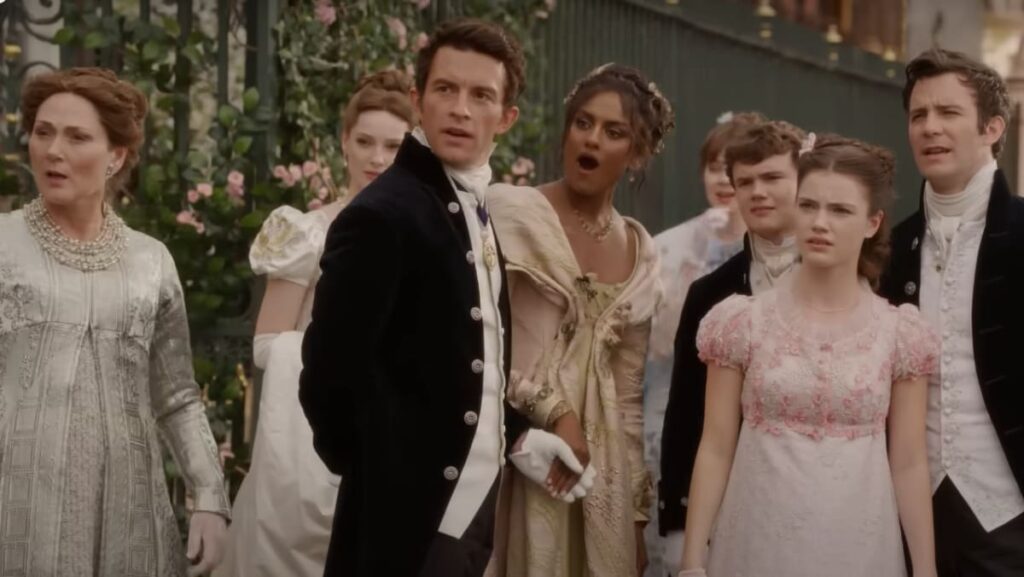
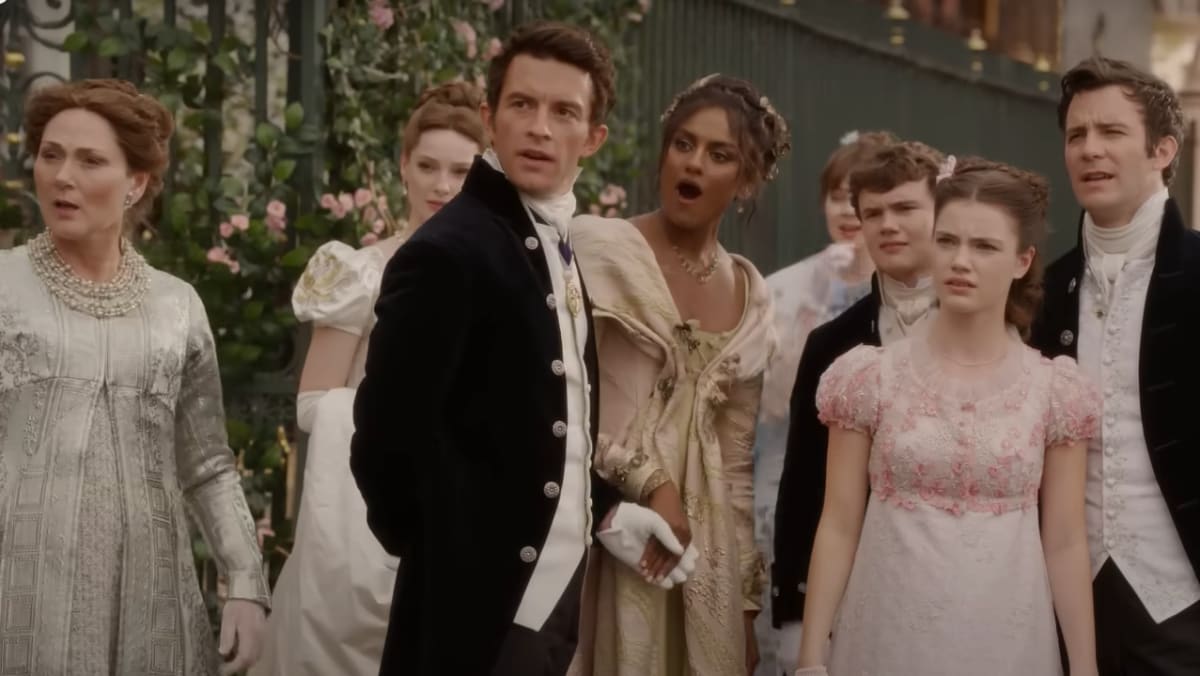
While many aspects of the novel and TV series are the same, the show added several supporting characters, including Queen Charlotte, who got her own spin-off series.
Additionally, certain scenes, such as Daphne and Simon’s controversial sex scene or Anthony and Kate’s infamous bee scene, were adapted to look more romantic on screen.
However, the tension between the characters remains.
When changing character traits or plot is more suitable for adaptation
While keeping some aspects the same is necessary, changing some aspects can also improve a TV series.
“Will Trent” has become one of ABC’s most popular shows, in part because of its lighter tone than the original.
It still shows some horrific crimes, but also some humorous ones.
They are not as violent or gruesome as cases of murder, assault, or abuse in fiction.
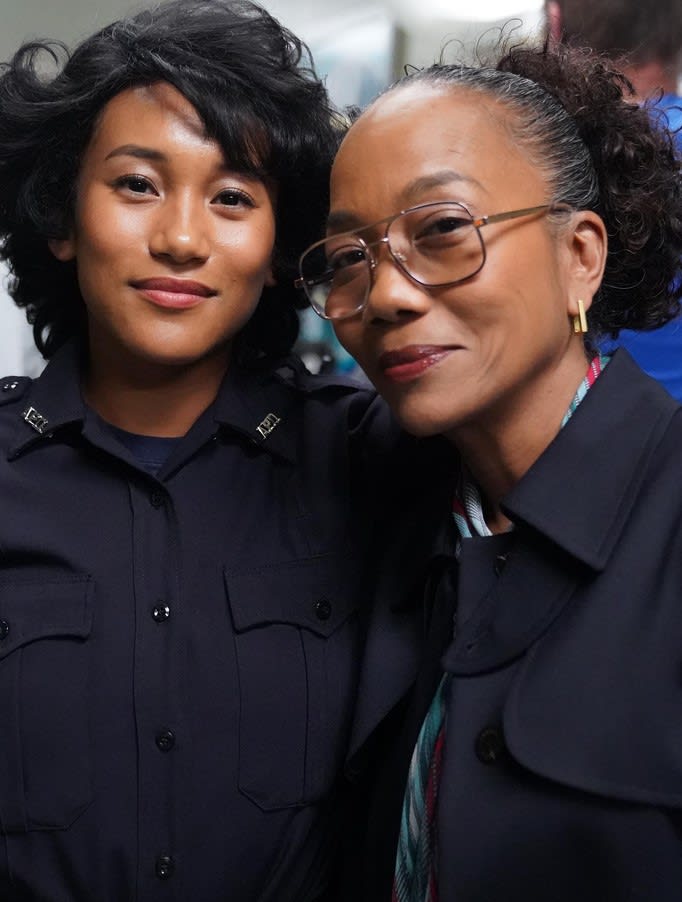

Will Trent changed the appearance and backstories of some characters.
Will is not Latino, and Amanda and Faith are not African-American, but the casting works well considering the backstories of 1980s policewomen.
The series also changed Det. Features of Ormwood and Angie.
In the book, Det. Ormwood is an angry bastard who is mean to his wife and children. Although he has had some issues on the show, he has proven himself to be a stand-up dad.
The abuse Angie suffered in foster care turned her into a callous person, so she was mean to everyone, even Will.
Will has serious trust issues in the book.
Many fans of the books hated Angie’s better performance in the show, but it was refreshing to see her with more layers.
Fans are conflicted about whether they want Sarah Linton to show up or Will and Angie to reunite, and each viewer’s stance seems to depend heavily on whether they’re an avid fan of the books.
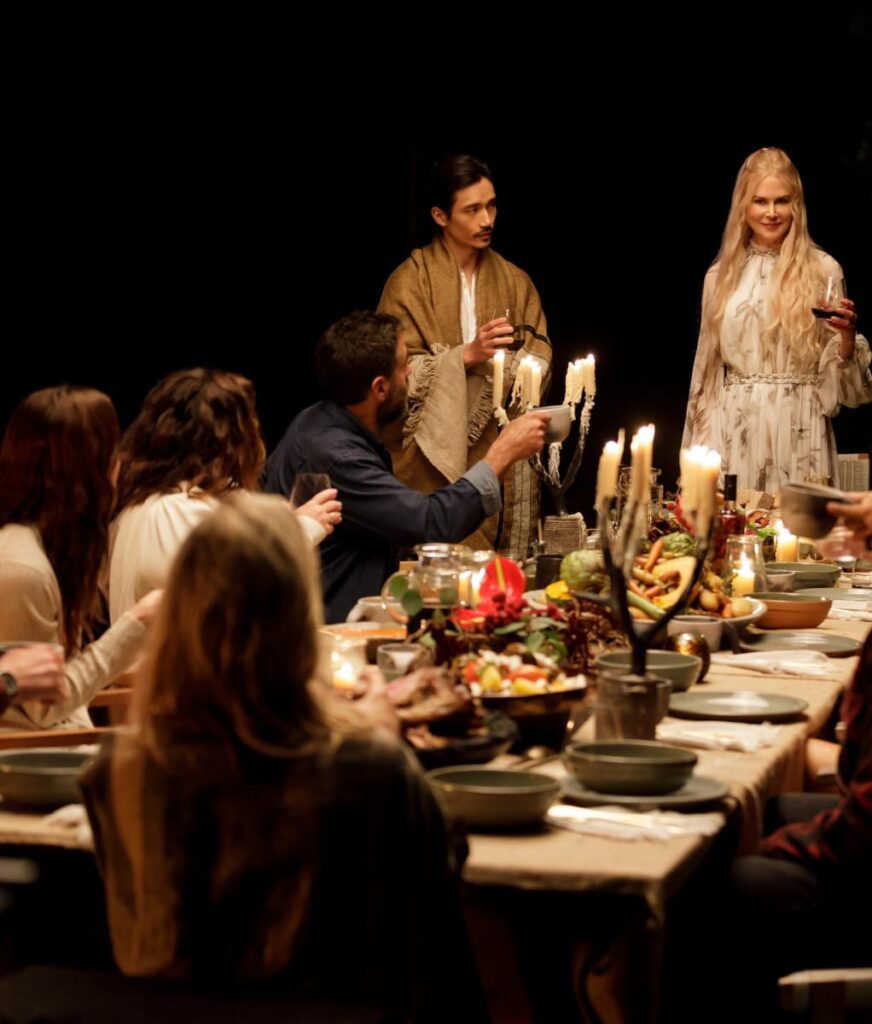
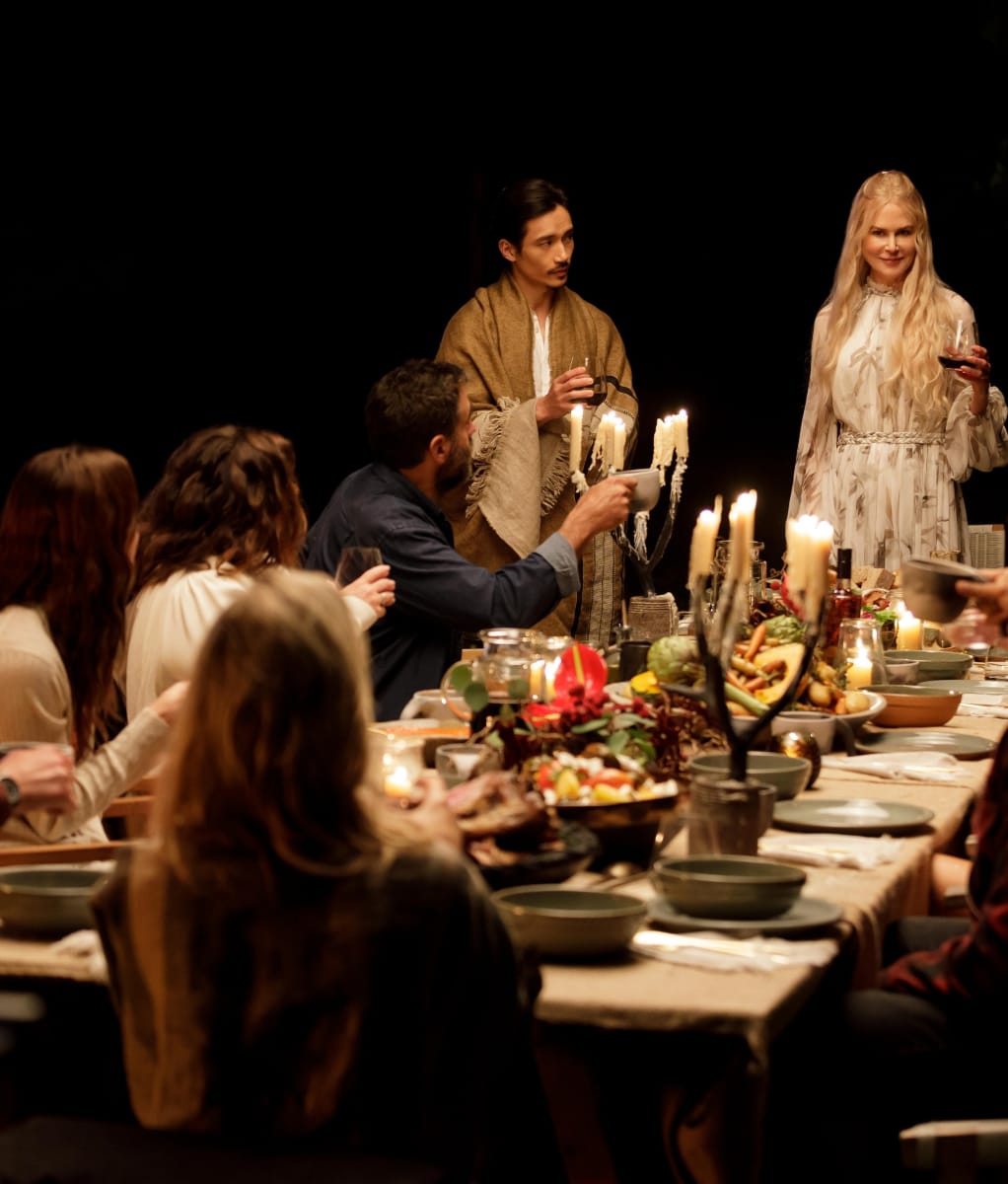
Hulu’s Nine Perfect Strangers is another ideal example.
Liane Moriarty’s novel made for a wonderful limited series, and this is the first time I’ve thought the adaptation was better than the original.
The series fleshes out the characters more.
In the book, the characters endure a vow of silence for four days at a spa, whereas in the series, we see them interact immediately.
The show delves into Carmel’s emotional issues and explores the workings of Jessica and Ben’s marriage.
It’s a trippy drama as it explores how drugs can make you face your worst fears and combines the source material with more humor and characterization.
I can’t say much about “what you think”.


Even though this is a romance film, it’s about female empowerment, and these changes make it even better.
Screenwriter Jennifer Westfelt and director Michael Showalter changed Hayes’ age from 20 to 24 so the forbidden romance didn’t seem so scary.
They also raised Izzy’s age from pre-teen to teenager, so that doesn’t mean Soreen missed out on a crucial moment in her daughter’s life.
In the movie, Sorina and Izzy are much closer than they are in the book, so Sorina makes so many sacrifices for her mother that it’s hard for her to think of herself first.
The main change is the ending of the book versus the movie.
Both the book and the movie include an anxious breakup scene when Solina lets Hayes go because the media circus has become too much for her and Izzy.
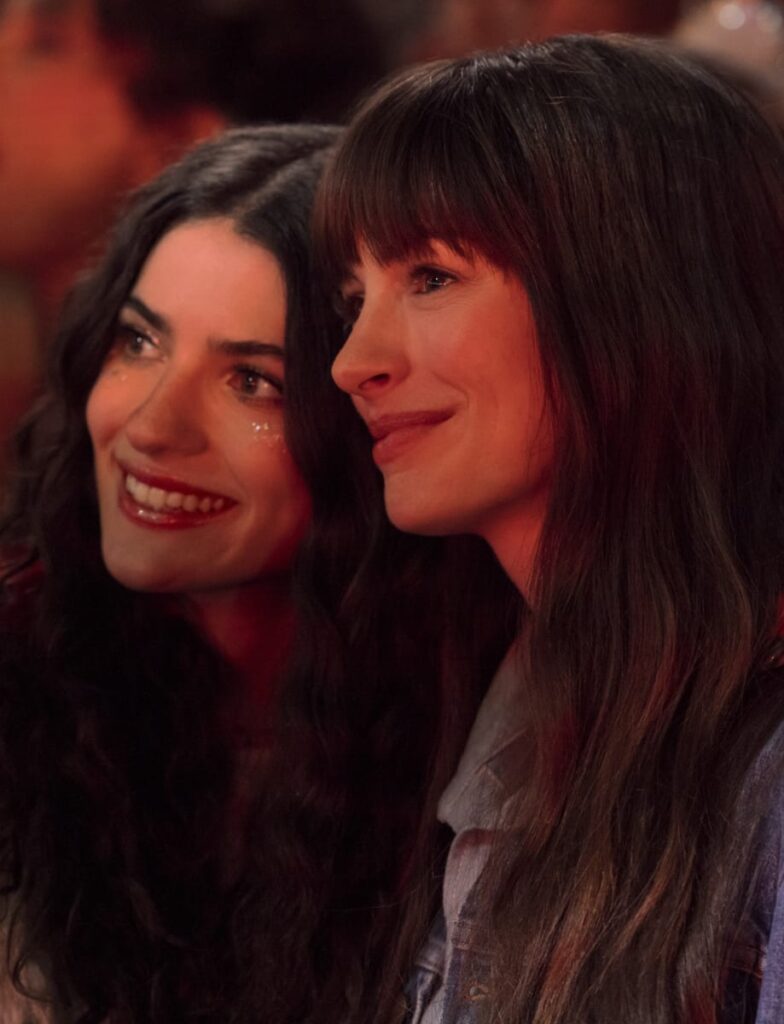
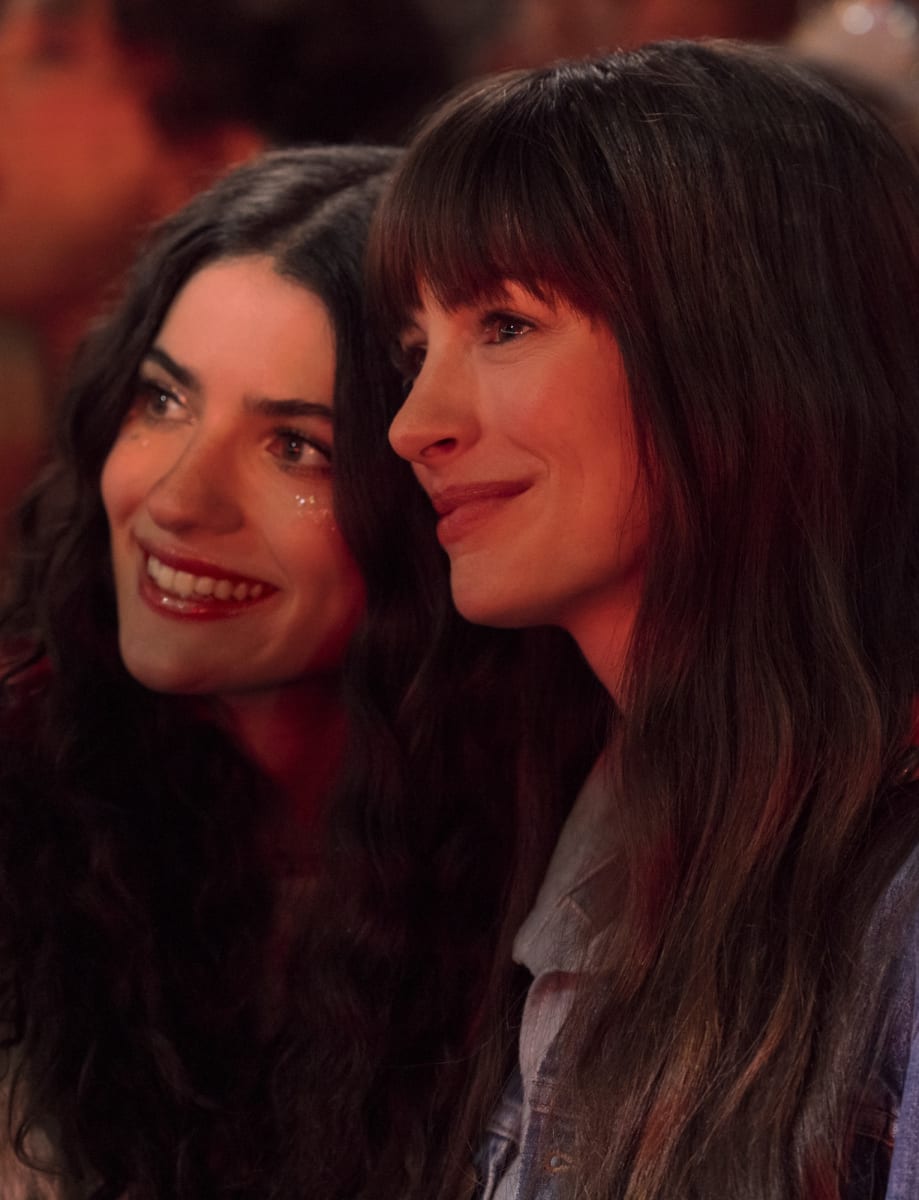
In the book, she lies and says she doesn’t love him but only likes “the idea of him” and wants him to leave.
After texting her multiple times, Hayes gave up on her.
However, Showalter changed the ending to a more hopeful ending because the audience wants to live happily ever after while watching the romantic comedy.
But it doesn’t end there. Women deserve a happy ending.
How important is fan reaction?
Showrunners and actors face an almost impossible task when adapting beloved novels because fans are so hard to please.
They have an image in their mind of which actors should play certain roles and how certain scenes should be staged.
This puts pressure on producers, writers and actors when coming up with new series.
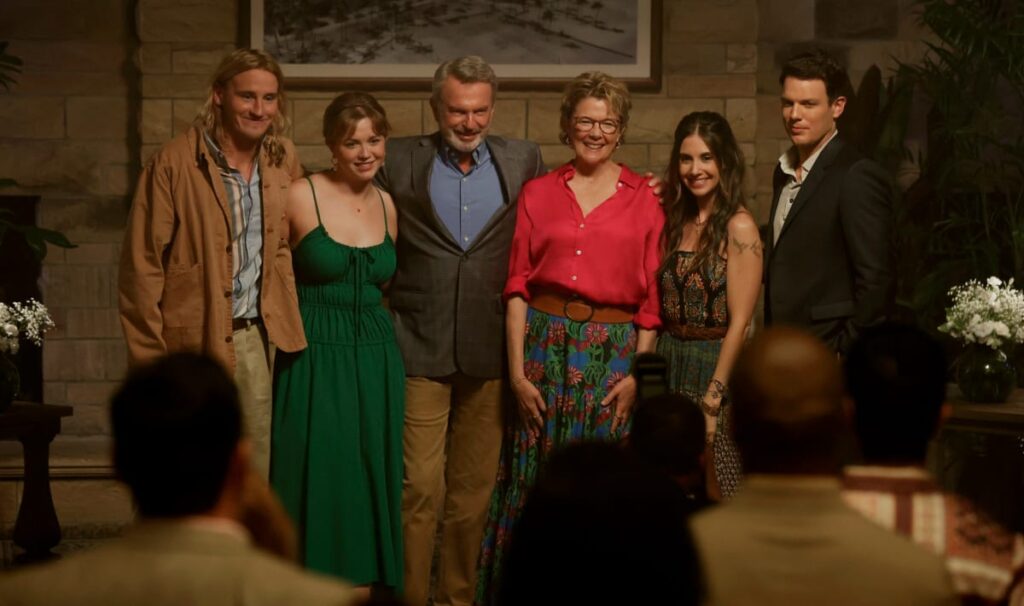
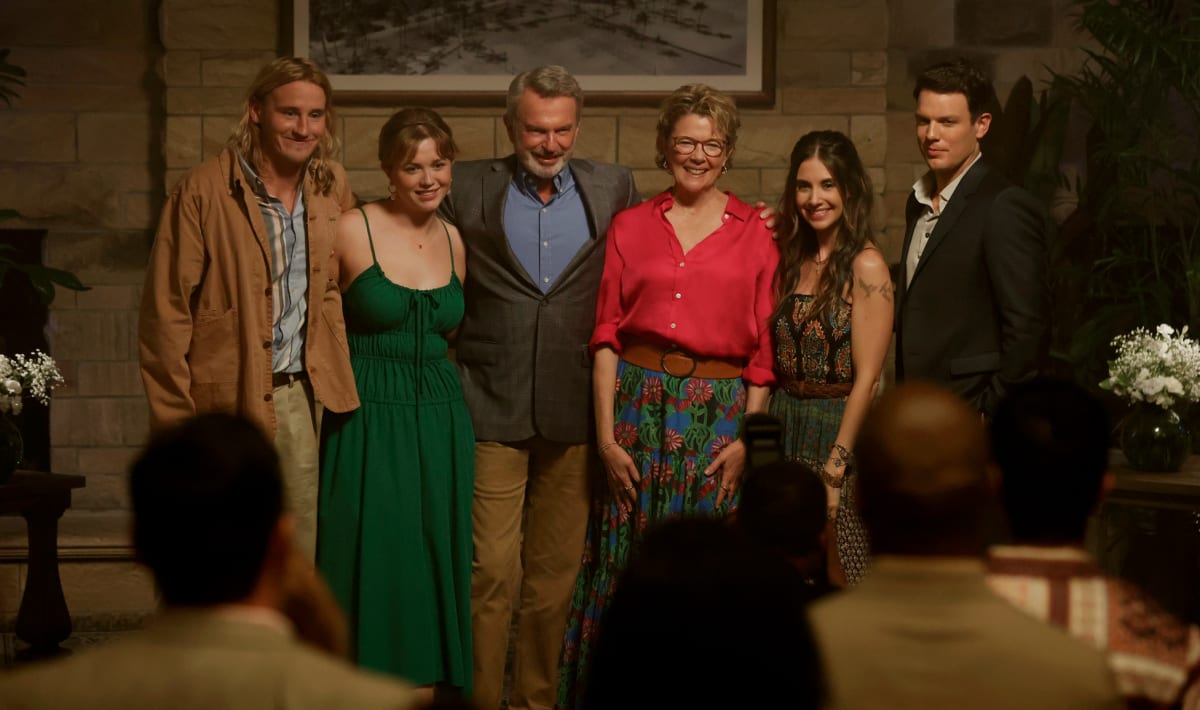
The cast and crew work hard to get fans to enjoy the film adaptation and realize that the television or film adaptation and the book are separate entities.
Sometimes the movie adaptations are better than the originals, sometimes the originals are superior, and other times they’re equally good but appreciated for different reasons.
What are some of your favorite book adaptations?
Do you think the producers adapted the material faithfully?
We’d love to hear from you, so please share your thoughts below.
